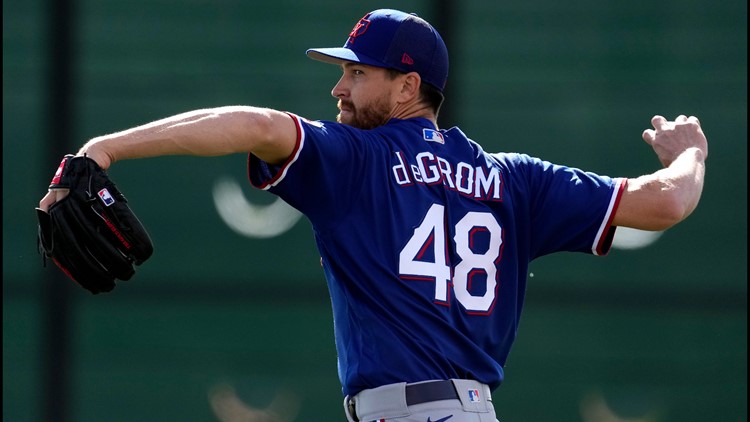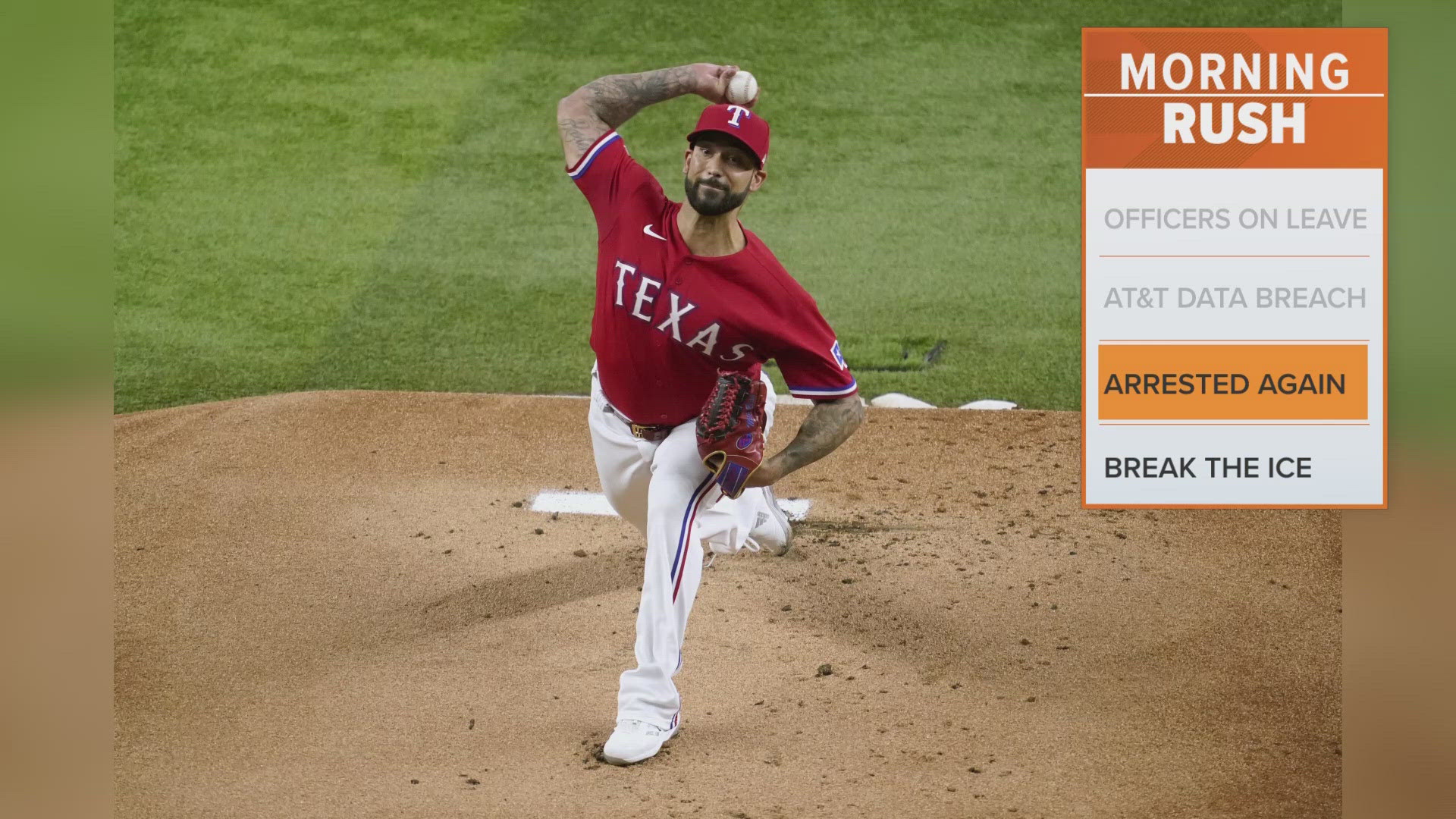DALLAS — Coming out of the 2022 season, the Texas Rangers’ rotation had some major questions. As the offseason started, Texas realistically had four rotation slots to address, as winter 2021 signee Jon Gray was the only tried and true starting pitcher remaining on the depth chart as the Rangers concluded a fourth place finish in the AL West.
Surprise All-Star Martin Perez was going to be a free agent and the remainder of the holdover candidates were unproven young pitchers or prospects that were doing well enough to help fill in gaps in a disappointing season, but not yet ready to take the big step toward making 30-32 starts at the big league level on a team with bigger expectations going forward.
With all of that on the table, there was immense pressure on Chris Young and the front office to build a playoff-caliber rotation and quick. Following a year in which they spent $500 million on Marcus Semien and Corey Seager to upgrade their offense, the Rangers needed to supplement those bats with the appropriate pitching.
The reputation of the Rangers franchise when it comes to starting pitching was to go bargain hunting and wait for the scraps of the second or third tier of available targets. Young and new manager Bruce Bochy took that script and completely flipped it on its head.
- 2022 Opening Day Rotation: RHP Jon Gray, LHP Martin Perez, LHP Taylor Hearn, RHP Dane Dunning, RHP Spencer Howard
- 2023 Projected Opening Day Rotation: RHP Jacob deGrom, LHP Martin Perez, RHP Nathan Eovaldi, RHP Jon Gray, LHP Andrew Heaney
What a difference a year makes. Texas went from signing Gray to be a veteran presence in an incredibly questionable rotation to signing deGrom to legitimize and anchor a seasoned group of starters. They went from signing Perez on a pillow contract after he struggled in Boston, to bringing Perez back via the qualifying offer after he put together an outstanding career year for Texas.
Now, with veteran arms Andrew Heaney and Nathan Eovaldi signed and delivered, along with the trade acquisition of Jake Odorizzi, the Rangers have a deep and scary stable of arms that should be among the best in the league – if healthy – over a 162-game season.
“If healthy” is going to be the biggest qualifier for this Rangers rotation, of course. Everybody listed has some sort of major injury history and concern. Even early on in Spring Training, some of those fears and questions are coming to light for these starters. But the biggest difference between 2022 and 2023 as far as surviving an ailment is the fact that the Rangers’ depth is exactly that this year – depth.
Last year, and in several years prior, the Rangers’ depth options were pressed into frontline roles entirely too early and for entirely too long. This season, Texas added a layer to the frontline with their additions such that names like Spencer Howard, Glenn Otto, Cole Ragans, Cole Winn and others will only have to be relied on as a band-aid if needed instead of being forced into duty as a regular.
Buying a rotation, a good rotation at that, should prove to be a great move for the current year as well as for the future. For a team hoping to make the next big step, and tired of putting it off for future years down the road, breaking open the checkbook was really the only viable option that they had.
In 2022, Rangers starters ranked as the sixth worst in baseball in ERA at 4.63, seventh worst in innings pitched at 793.1, seventh worst in batting average against at .261 and tied for fourth worst in WHIP with 1.41.
Here’s a look at how each of the additions Texas made this winter compare in those categories based on how they pitched during the 2022 season:
Jacob deGrom – ERA (3.08), Innings Pitched (64.1), batting average against (.175), WHIP (0.746)
Andrew Heaney – ERA (3.10), Innings Pitched (72.2), batting average against (.214), WHIP (1.087)
Nathan Eovaldi – ERA (3.87), Innings Pitched (109.1), batting average against (.264), WHIP (1.235)
Jake Odorizzi – ERA (4.40), Innings Pitched (106.1), batting average against (.258), WHIP (1.554)
Obviously, there are the injury risks to watch for with this group. But each of the additions Texas made is already better than the group of starters they threw out there last year. With luck, the difference should be quite extreme.
A lot will have to go right health-wise for this rotation, but if they can stay on the mound, the Texas Rangers will have the best rotation that money can buy in Major League Baseball in 2023.
Do you think the Rangers will reap the rewards of their rotation in 2023? Share your thoughts with Matt on Twitter @FisherWritesMLB.



